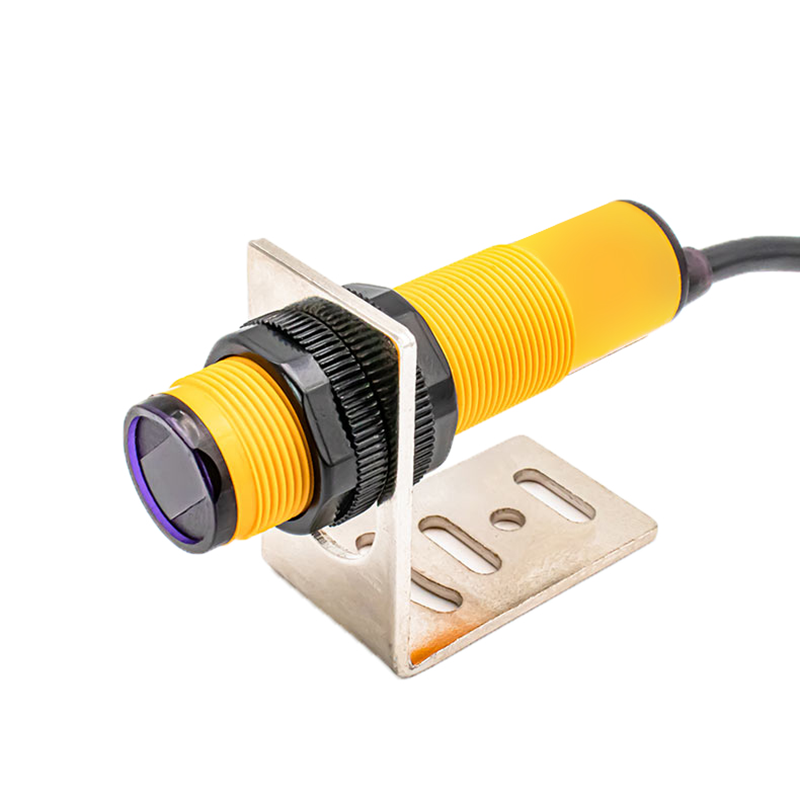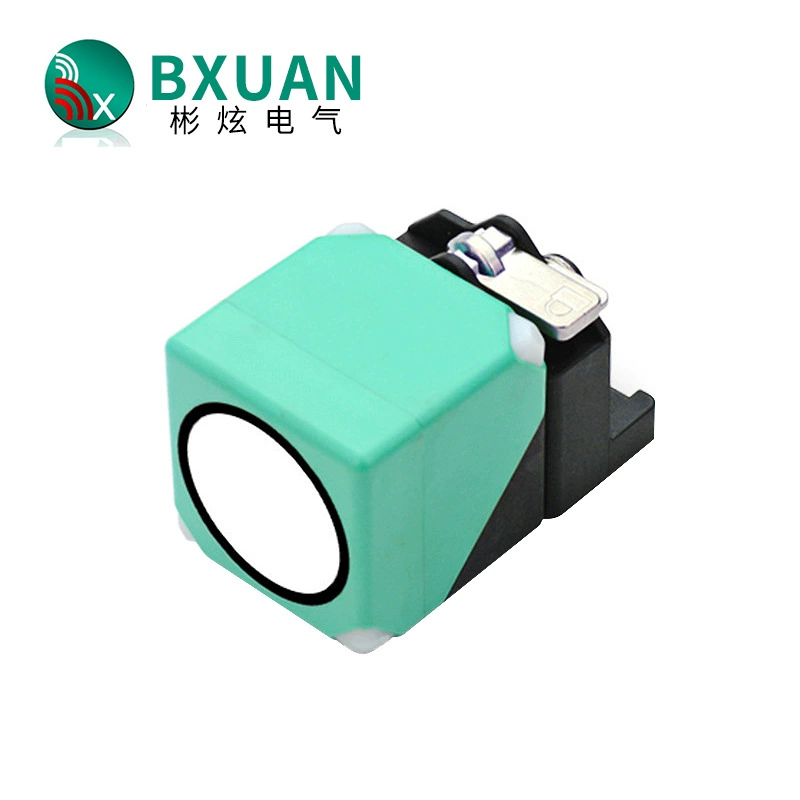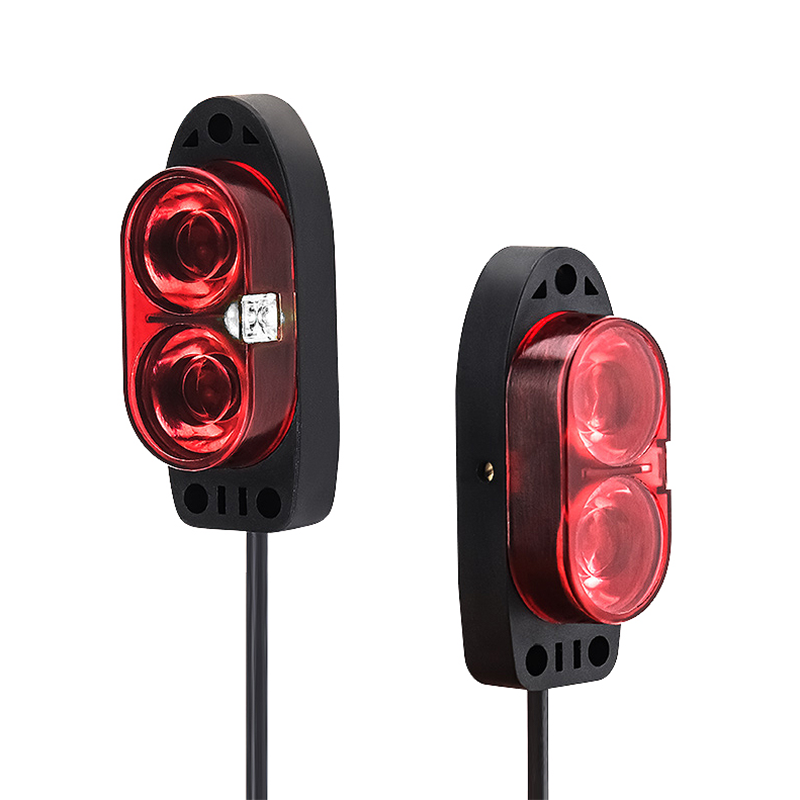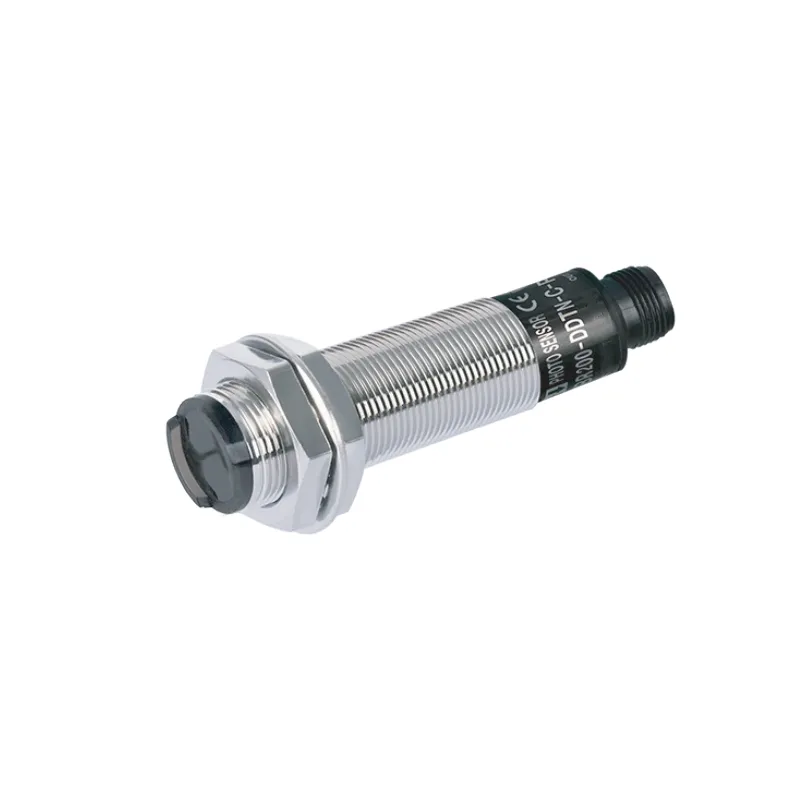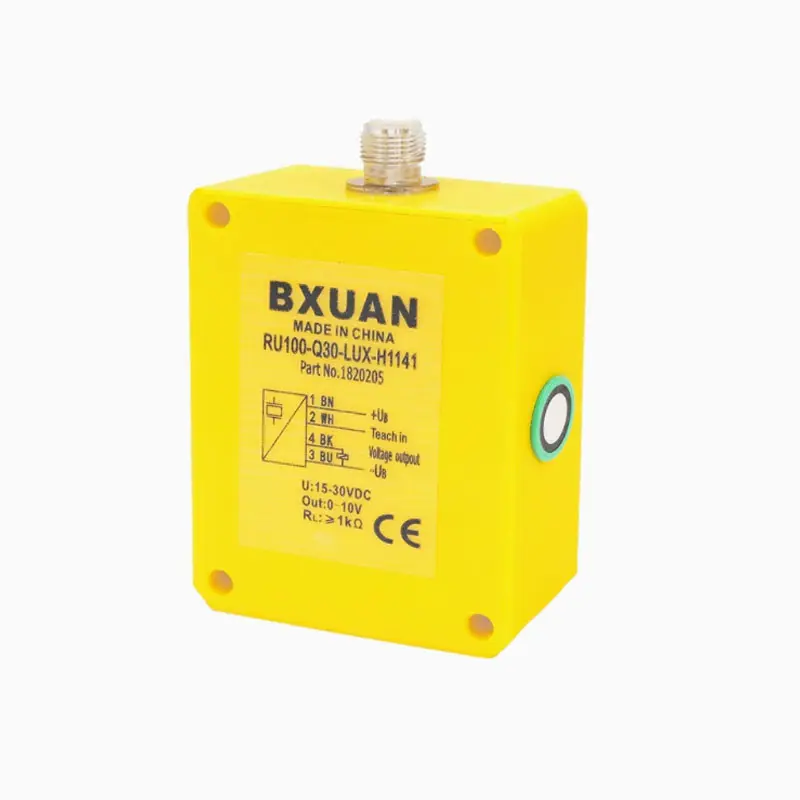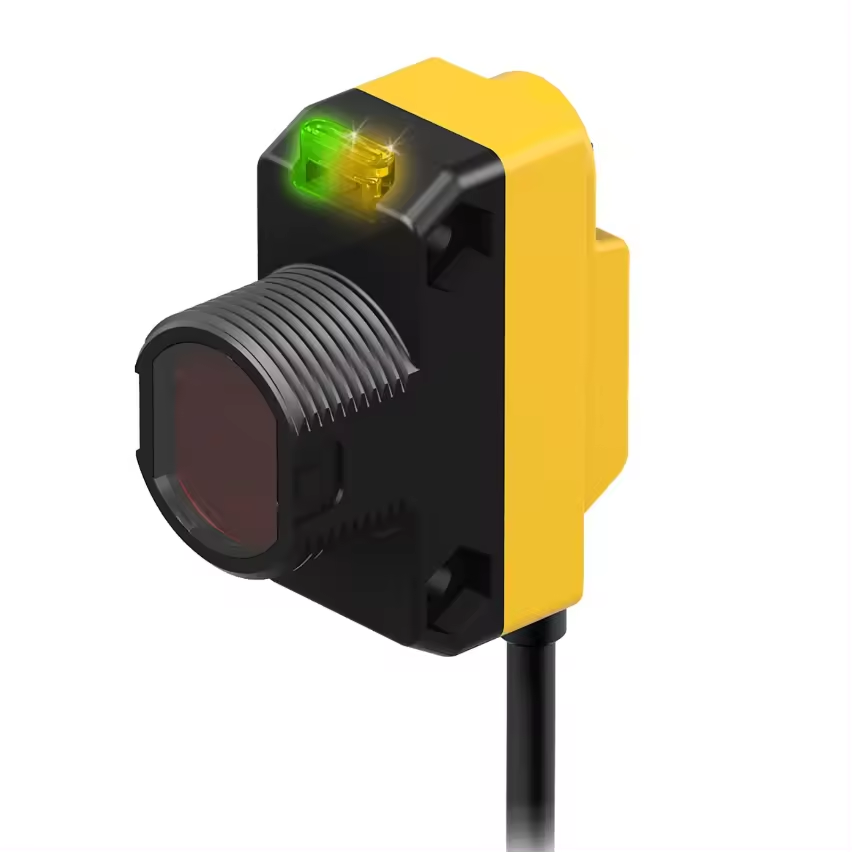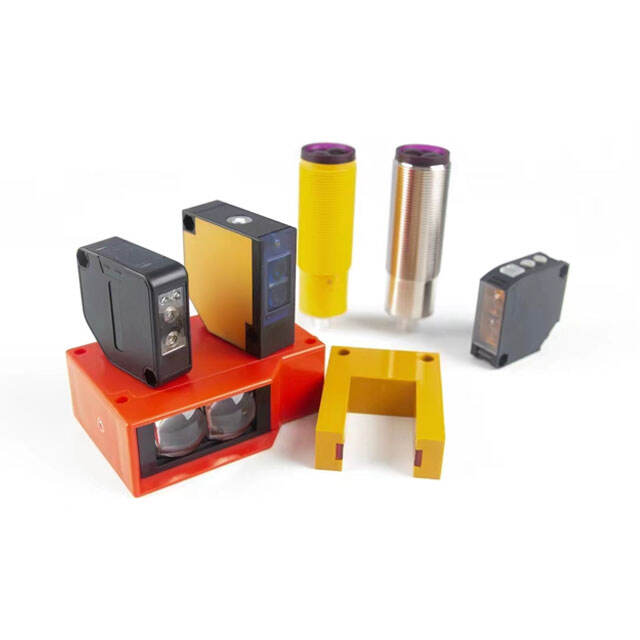Comprehensive Integration Capabilities
The integration capabilities of ultrasonic water level sensors demonstrate exceptional versatility in modern monitoring systems. These sensors support multiple industry-standard communication protocols, including 4-20mA, HART, Modbus, and various digital interfaces, enabling seamless integration with existing control systems and data acquisition platforms. The sensors can be easily incorporated into SCADA systems, PLCs, and IoT networks, providing real-time data for monitoring and control applications. Their flexible configuration options allow for customized alarm settings, data logging intervals, and measurement parameters to suit specific application requirements. The integration framework includes robust security features to protect data transmission and system access, ensuring reliable and secure operation in networked environments. Additionally, the sensors support remote monitoring and configuration capabilities, enabling efficient management of multiple measurement points from a centralized location.

